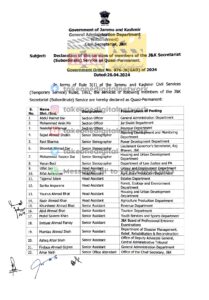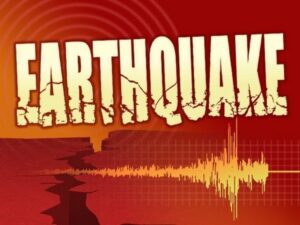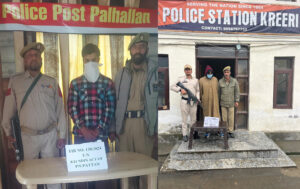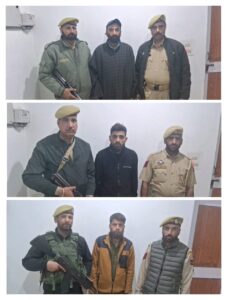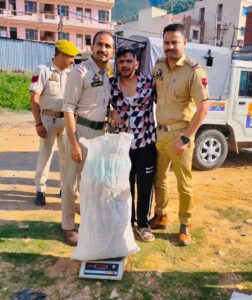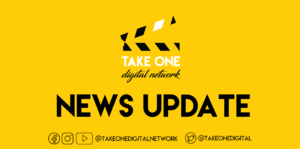First Republic Bank Collapse: A Simple Explanation for kids
A bank is a place where people keep their money safe. You can also borrow money from a bank if you need it, but you have to pay it back with some extra money called interest. Banks use the money they have to lend it to other people or businesses who need it.
Sometimes, banks can make bad decisions with their money. They can lend it to people who can’t pay it back, or they can invest it in things that lose value. When that happens, the bank loses money and gets into trouble.
That’s what happened to First Republic Bank, one of the biggest banks in the United States. First Republic Bank had a lot of money, but it also had a lot of debt. Debt is when you owe money to someone else. First Republic Bank owed money to other banks and to people who deposited their money there.
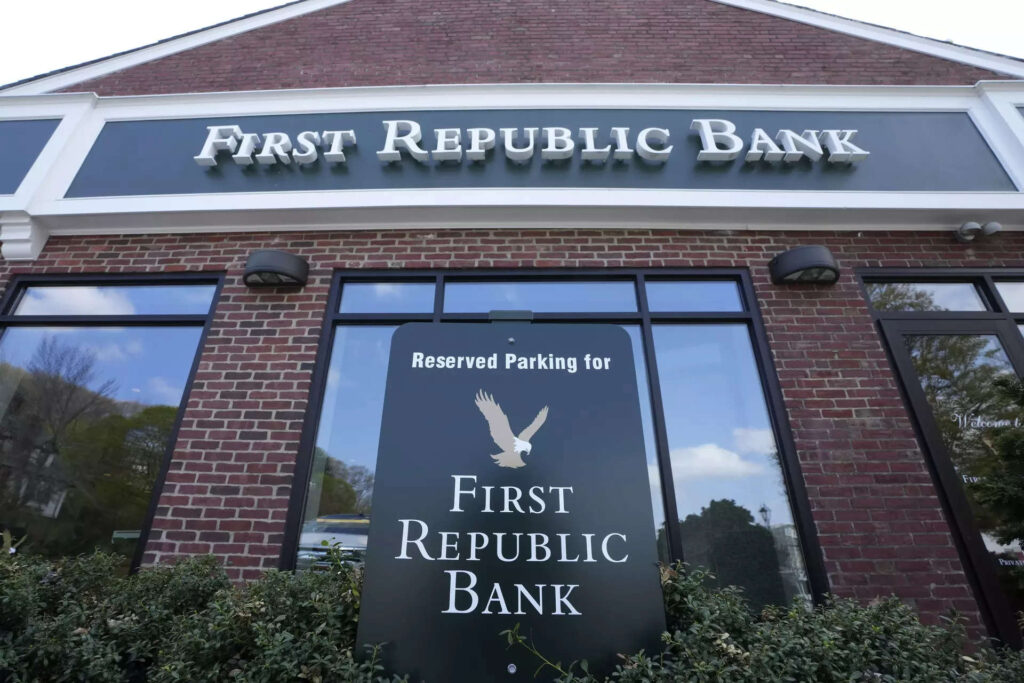
When interest rates went up, First Republic Bank had to pay more money to its lenders and depositors. Interest rates are like the price of borrowing money. When they go up, borrowing money becomes more expensive. First Republic Bank also had some bad investments that lost value when the economy slowed down.
All this made First Republic Bank lose a lot of money. People started to worry that the bank would run out of money and not be able to pay them back. So they started to take their money out of the bank. This is called a bank run. A bank run can make a bank go bankrupt, which means it has no money left.
The government tried to help First Republic Bank by giving it some extra money from other big banks. The government also has an agency called the FDIC that protects people’s deposits up to $250,000. That means if your bank goes bankrupt, the FDIC will give you your money back up to that amount.
But even with the government’s help, First Republic Bank couldn’t survive. It was losing too much money too fast. So the government decided to take over the bank and sell it to another big bank called JPMorgan Chase. JPMorgan Chase agreed to buy most of First Republic Bank’s assets and liabilities, which are the things it owns and owes.
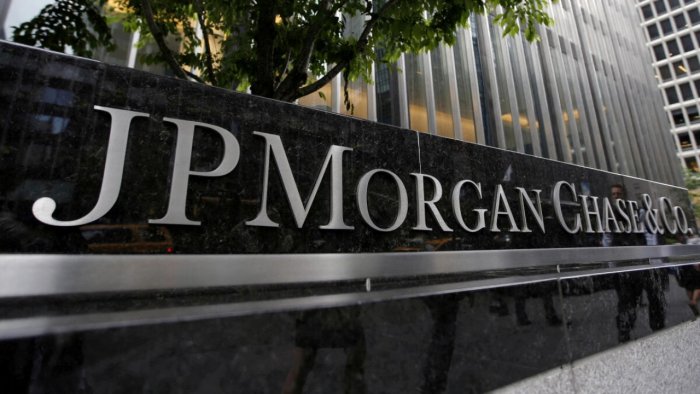
This means that if you had an account at First Republic Bank, you now have an account at JPMorgan Chase. You can still access your money and use your debit card as usual. JPMorgan Chase will also take over some of First Republic Bank’s branches and employees.
The government hopes that by selling First Republic Bank to JPMorgan Chase, it can prevent more problems for the banking system and the economy. The banking system is like a network of banks that work together to keep money flowing. The economy is like a big machine that produces goods and services that people need and want.
When a big bank like First Republic Bank fails, it can affect other banks and businesses that depend on it. It can also make people lose confidence in the banking system and the economy. That can make things worse for everyone.

